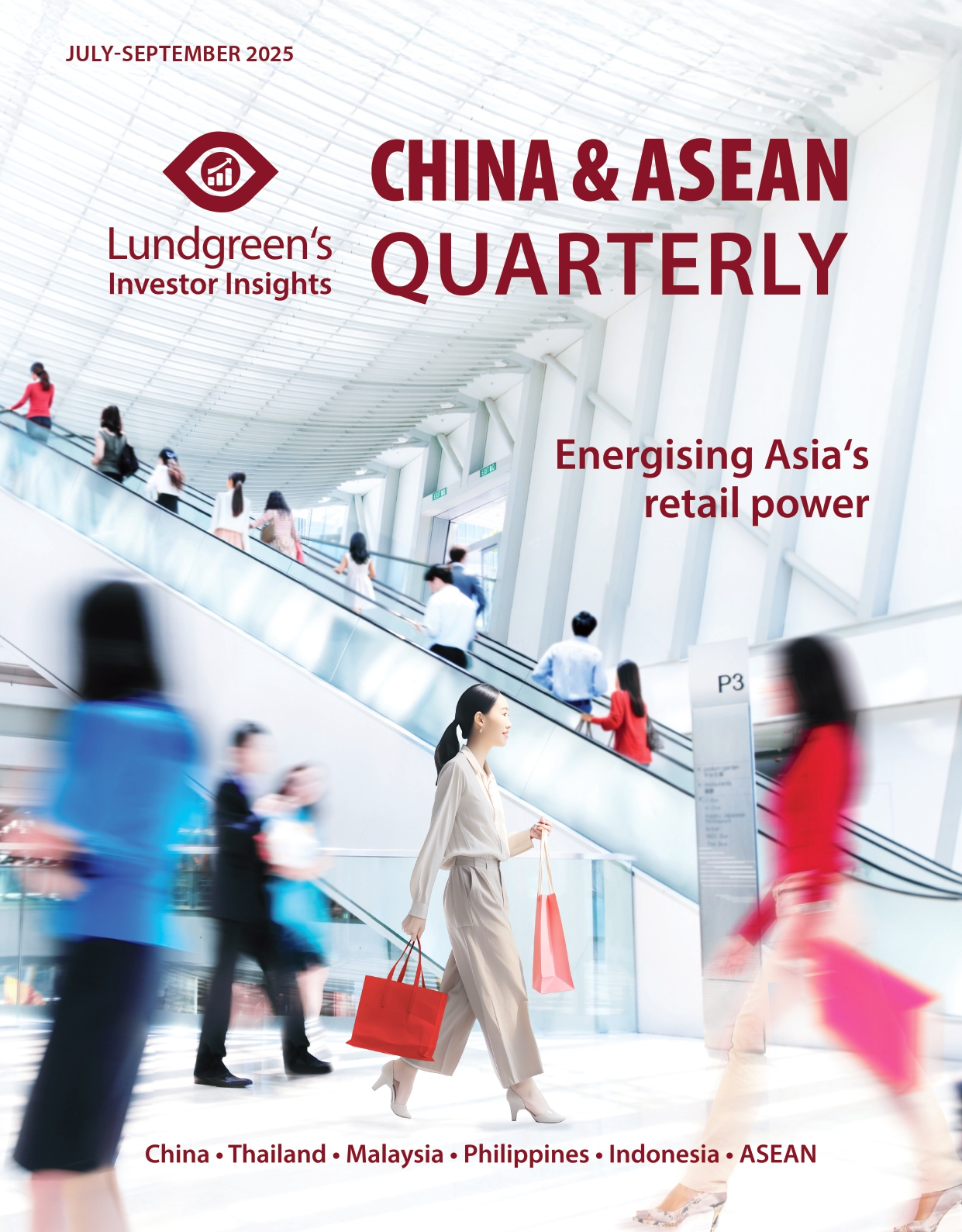Next Week in China: 18-22 August 2025
Major Data Releases:
- 19 August: Hong Kong to report unemployment rate for May-July
- 20 August: China to report August 1-year and 5-year loan prime rates (LPR)
- 21 August: Hong Kong to report July Consumer Price Index (CPI)
- 22 August: Macau to report 2025 Q2 retail sales data
- 22 August: Macau to report July CPI
- 22 August: Taiwan to report July unemployment and underemployment rates
Next week will be a week with minimal major data releases, with only LPR data scheduled for mainland China.
For the LPR, which is used as the benchmark rate for bank loans, we anticipate both the 1-year and 5-year rates to remain unchanged for August. In the first half of the year, the economy stood generally stable with a slight upward trend. However, external fluctuations and changes in economic growth momentum in the third quarter require further observation. In the short term, the probability of a reserve requirement ratio (RRR) cut or resuming government bond trading is low. The central bank is more likely to maintain ample market liquidity through policy tools such as the Medium-Term Lending Facility and outright reverse repo transactions. Currently, policy rates are transmitted through the 7-day reverse repo rate, which influences the LPR, and in turn triggers adjustments to market interest rates for loans and deposits. In May, the central bank lowered the reverse repo rate by 10 basis points to 1.4 per cent, which led to a simultaneous 0.1 percentage point reduction in the 1-year LPR. As a result, the 1-year LPR is kept at 3 per cent, and the LPR for 5-year tenors and beyond is at 3.50 per cent.
On 7 August, the central bank announced that it had conducted a 7-day reverse repo operation of RMB 160.7 billion (USD 22.4 billion) using a fixed-rate, volume-tender method. Total bids and the amount awarded matched at a rate of 1.40 per cent. On the same day, RMB 283.2 billion (USD 39.44 billion) of 7-day reverse repos matured, resulting in a net withdrawal of RMB 122.5 billion (USD 17.1 billion). The 7-day reverse repo rate stood unchanged, indicating that the LPR is also likely to remain unchanged.
Although the LPR is projected to remain stable in the short term, the central bank has made clear during its 1 August work meeting that it will continue to implement a moderately loose monetary policy, further reduce the RRR, flexibly use various monetary policy tools, and maintain ample liquidity for the remainder of 2025. The central bank also plans to lower policy rates, rates for structural monetary policy tools, and personal housing provident fund loan rates to push down market rates and overall social financing costs. With the acceleration of government bond issuances, it is expected that an RRR cut may be implemented in the third or fourth quarter. If policy rates and deposit rates continue to fall, the LPR could see a further reduction worth more than 10 basis points within the year.
China stocks climbed week-on-week. As of Thursday, 14 August, the MSCI China Index had increased by 3.14 per cent from the previous week’s close. Meanwhile, the Shanghai Composite Index rose by 0.86 per cent, the Shenzhen Component Index by 2.90 per cent, and the ChiNext Index by a strong 5.81 per cent. During this period, small-cap stocks slightly outperformed mid- and large-cap stocks. From a style perspective, growth stocks outperformed value stocks. In the short term, we see risk appetite in the equity market staying strong given expectations of interest rate cuts from the US and sustained positive policy signals for the domestic economy. The positive cycle of market gains and inflows of new capital is expected to persist, supporting a short-term trend of relatively strong and volatile performance in the Chinese equities market. Although macroeconomic data for the third quarter remains at a low level, efforts to reduce excessive competition have strengthened expectations for a medium- to long-term supply-side cleanup. The implementation of policies such as the “two priorities, two new initiatives,” childcare subsidies, and the launch of projects like the Yaxia Hydropower Station and the Hainan Free Trade Port are expected to improve medium- to long-term demand.
This piece has been co-produced with Yiyi Capital Limited in Hong Kong, a China specialist and a part of a global financial services group.






